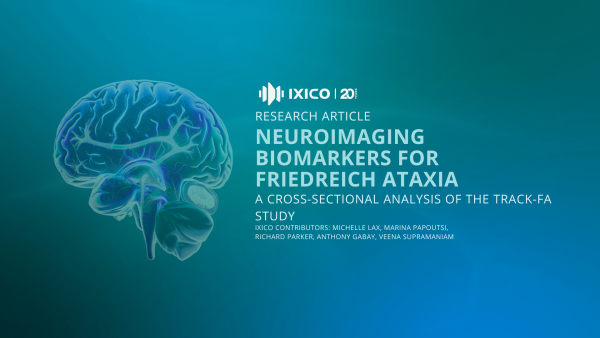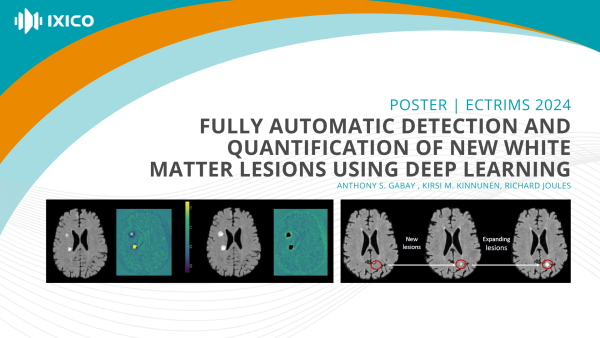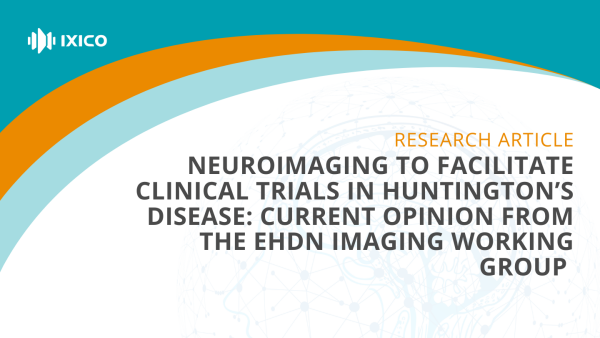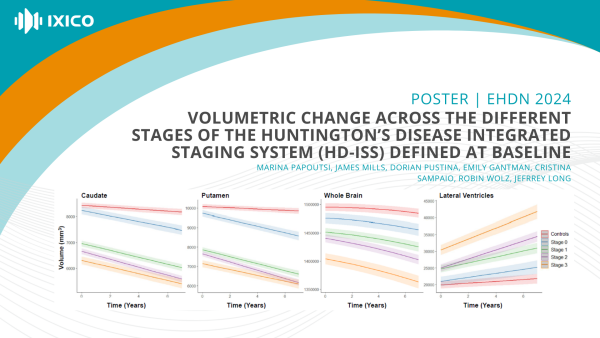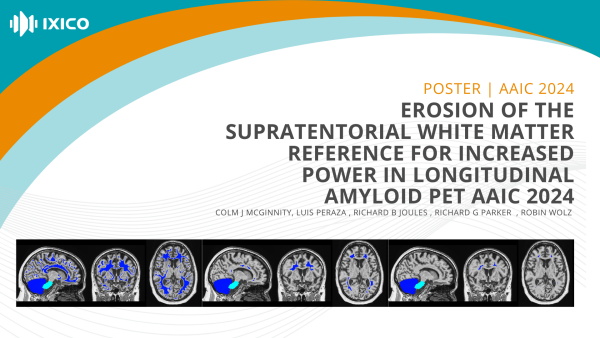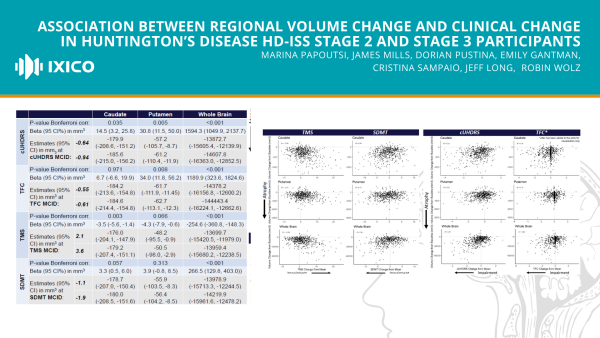Scientific Publications
Recent Scientific PublicationsAI-Driven Recruitment for Alzheimer’s Disease Clinical Trials: A Pilot Analysis on the A4 Study Dataset
Efficient recruitment in Alzheimer’s disease (AD) trials is challenging, and early use of sensitive biomarkers can reduce screen failures and costs. We evaluated an MRI-based machine learning model, previously trained to classify AD, FTD, normal controls, and other dementias, as a pre-screening tool using A4 Study data.
Neuroimaging Biomarkers for Friedreich Ataxia: A Cross-Sectional Analysis of the TRACK-FA Study
Neuroimaging Biomarkers for Friedreich Ataxia: A Cross-Sectional Analysis of the TRACK-FA Study Objective Our study aims to quantify differences in the brain and spinal cord between individuals with Friedreich's ataxia and healthy controls. This includes stratification by age and disease stage, and for the first time, the inclusion of young children.
Comparison of two natural history studies as part of the HD-IH consortium: a use case for historical external control group matching in clinical trials
External control groups can support regulatory decision-making in clinical trials, especially rare diseases. In Huntington’s disease (HD) there is a wealth of historical data, but matching historical data to clinical trials is challenging.
Fully automatic detection and quantification of new white matter lesions using deep learning
Accurate detection, segmentation, and quantification of lesion dynamics in longitudinal MRI is crucial for monitoring disease progression in Multiple Sclerosis, and for evaluating the efficacy of therapeutic interventions. We present an efficient, automatic method utilising deep learning to assess lesion changes in FLAIR MRI with a high degree of accuracy.
Neuroimaging to Facilitate Clinical Trials in Huntington’s Disease: Current Opinion from the EHDN Imaging Working Group - IOS Press
This comprehensive overview of the roles of structural, functional, and diffusion MRI, PET, MRS, and MEG serves as a resource for effectively integrating neuroimaging methodologies into the design and execution of Huntington's disease clinical trials. The paper discusses their applications in patient selection, safety monitoring, and demonstrating efficacy.
Volumetric change across the different Stages of the Huntington’s disease Integrated Staging System (HD-ISS) defined at baseline
The HD Integrated Staging System enables classification of people with HD into four disease stages based on quantitative landmark assessments. Here we characterized volume change over time in the caudate nucleus, putamen, lateral ventricles, and whole-brain across participants starting in each of the different HD-ISS Stages at baseline and compared to healthy controls.
Erosion of The Supratentorial White Matter Reference for Increased Power in Longitudinal Amyloid PET
The use of the supratentorial white matter as a reference region, alone 1 7 or in composite 3 can facilitate the detection of subtle changes in amyloid plaque burden Investigators often erode or otherwise restrict the sWM labels to reduce the influence of signal “spill in” from grey matter 2 4 8 but the optimal extent…
Association between regional volume change and clinical change in Huntington’s disease HD-ISS Stage 2 and Stage 3 participants
For HD-ISS Stage 2 and Stage 3 participants, whole-brain volume shows significant association with clinical change for all four clinical variables examined here. For caudate and putamen volume, the association depended on the clinical variable. Our results provide further evidence on the use of volume change as a surrogate endpoint.
1-8 of 44 results

